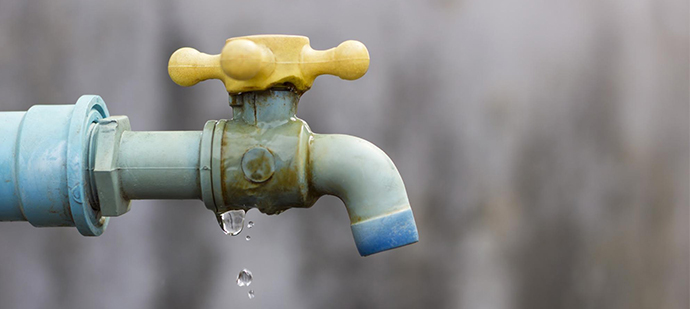How do you really feel on the subject of Leaking water lines?

Early discovery of leaking water lines can alleviate a prospective disaster. Aside from conserving you money, it will lessen the stress and also frustration. The minute you find a leakage, calling your plumber for repair work is the most effective option. Some small water leakages may not be noticeable. If you can not discover it with your nude eyes, below are some hacks that assist.
1. Take A Look At the Water Meter
Every house has a water meter. Inspecting it is a surefire way that assists you find leaks. For starters, shut off all the water resources. Make certain no one will certainly purge, make use of the tap, shower, run the washing equipment or dish washer. From there, go to the meter as well as watch if it will change. Since nobody is using it, there should be no activities. If it moves, that suggests a fast-moving leak. Also, if you identify no changes, wait an hour or two and also check back once more. This means you might have a sluggish leak that could even be underground.
2. Check Water Intake
If you find unexpected changes, in spite of your usage being the exact same, it indicates that you have leaks in your plumbing system. A sudden spike in your bill indicates a fast-moving leakage.
A consistent increase every month, even with the same habits, shows you have a slow leakage that's also slowly intensifying. Call a plumber to thoroughly check your building, specifically if you feel a cozy location on your flooring with piping beneath.
3. Do a Food Coloring Test
When it comes to water consumption, 30% comes from commodes. If the color in some way infiltrates your dish during that time without flushing, there's a leakage between the storage tank and also dish.
4. Asses Outside Lines
Don't forget to check your exterior water lines also. Must water permeate out of the connection, you have a loose rubber gasket. One small leakage can squander bunches of water as well as increase your water bill.
5. Analyze the situation and check
Home owners must make it a behavior to examine under the sink counters as well as also inside closets for any bad odor or mold growth. These 2 warnings show a leak so prompt attention is needed. Doing regular evaluations, also bi-annually, can conserve you from a significant problem.
If you know your house is already old, maintain a watchful eye on your heaters, hoses, pipelines etc. Look for stainings and also deteriorating as a lot of home appliances as well as pipes have a life span. They will certainly additionally naturally degrade due to deterioration. If you think dripping water lines in your plumbing system, do not wait for it to intensify. Call an expert plumber immediately so you do not end up with a horrible mess in your home.
Early discovery of dripping water lines can reduce a prospective calamity. Some little water leakages might not be visible. Examining it is a surefire way that helps you find leaks. One small leak can lose bunches of water and also increase your water expense.
If you suspect dripping water lines in your plumbing system, do not wait for it to rise.
WARNING SIGNS OF WATER LEAKAGE BEHIND THE WALL
PERSISTENT MUSTY ODORS
As water slowly drips from a leaky pipe inside the wall, flooring and sheetrock stay damp and develop an odor similar to wet cardboard. It generates a musty smell that can help you find hidden leaks.
MOLD IN UNUSUAL AREAS
Mold usually grows in wet areas like kitchens, baths and laundry rooms. If you spot the stuff on walls or baseboards in other rooms of the house, it’s a good indicator of undetected water leaks.
STAINS THAT GROW
When mold thrives around a leaky pipe, it sometimes takes hold on the inside surface of the affected wall. A growing stain on otherwise clean sheetrock is often your sign of a hidden plumbing problem.
PEELING OR BUBBLING WALLPAPER / PAINT
This clue is easy to miss in rooms that don’t get much use. When you see wallpaper separating along seams or paint bubbling or flaking off the wall, blame sheetrock that stays wet because of an undetected leak.
BUCKLED CEILINGS AND STAINED FLOORS
If ceilings or floors in bathrooms, kitchens or laundry areas develop structural problems, don’t rule out constant damp inside the walls. Wet sheetrock can affect adjacent framing, flooring and ceilings.
https://www.servicemasterbyzaba.com/blog/how-to-detect-water-leakage-in-walls/

We had been made aware of that article about Leaking water lines from a friend on another blog. You should take the time to promote this page if you liked it. Thanks so much for going through it.